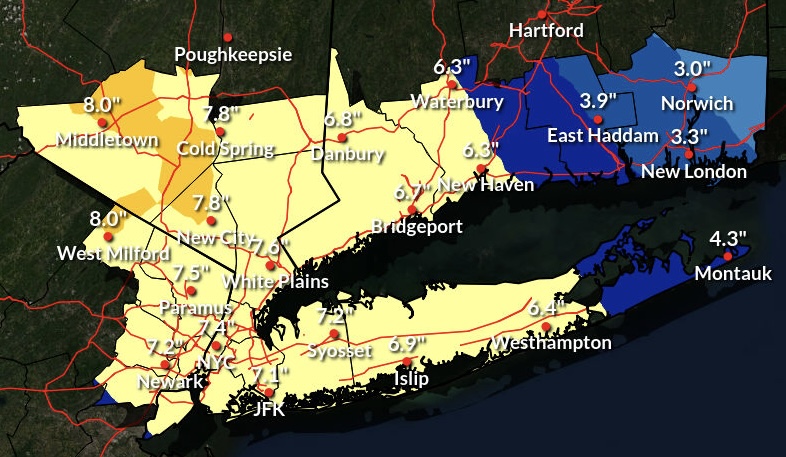Technology As Both Impressive and Daunting
I’m writing this on a Friday night. About 15 minutes ago, all the news channels reported that after an unprecedented all-day lockdown, the second Boston Bomber had been apprehended. Obviously, there’s a lot to talk about here. My first emotions were joy, relief and curiosity. Joy that the apparent bad guys were caught so quickly. Relief that two terrorists are off the streets. And curiosity about a million things: Who were they? Why did they do it? Were there accomplices?
Another emotion that struck me was how inevitable the conclusion seemed to be. From the very first moment of the attack on Monday—with those incredibly powerful and graphic images being delivered in real time—you had the sense that with so many eyewitnesses, and so many smartphones and cameras, it wouldn’t take long to find the culprits.
And on Friday, four days later, it appeared to be almost over—for now, at least.
All of this got me thinking about technology, as always. The news media sort of picked up on this angle; many stories were written about what role the media played in what became a very public manhunt. But I think they got it wrong—it was social media, and technology, that helped solve this case in such rapid fashion.
Compare it to the O. J. Simpson chase, which was the last event of this nature to play out live in front of the nation. I was living in L.A. at the time, very close to the crime scene. I recall getting phone call after phone call from East Coast friends asking for play-by-play analysis of the neighborhood. The news media was on the story, of course, but the coverage consisted of a single video feed—the helicopter following the white Bronco throughout the freeways and streets of West L.A.—with talking heads narrating like a macabre sporting event.
All that changed with the marathon bombing. There wasn’t a single feed of information or dramatic live video. Instead we accessed thousands of news channels, photographs and viral videos. Every local resident became a reporter. At times, it felt as if citizens on the streets knew more facts than the law enforcement officers or the throngs of professional reporters covering the story.
Did you even watch TV coverage? I spent far more time on websites getting raw images rather than waiting for a news organization to curate. I imagine Twitter’s usage stats for the week were off the charts.
Through a plethora of security cameras, police were able to quickly broadcast images of the suspects. They tracked their movements via phone calls and Twitter feeds. And this became a crowd-sourced manhunt where people on every corner could—and did—contribute.
Even when the younger brother was finally caught, technology played a role: we saw images of infrared cameras depicting his body movements as concussion grenades exploded.
Social media was almost too powerful at times. Police asked news media to stop broadcasting live positions for fear that the terrorists were monitoring reports to evade the chase.
As empowering as technology was in helping to identify and apprehend the suspects, we can’t overlook the flip side: technology has made it so easy for any unhinged or angry citizen to cause sheer mayhem and devastation. Technology is so pervasive and well understood that two young guys with little-known military training were able to make powerful bombs using parts available at most hardware stores. While we don’t know how they learned to make their bombs, they could have easily downloaded step-by-step instructions from the web.
That’s truly frightening.
It’s impossible to turn back technology and pretend that bad people don’t have the means to do horrible things on a daily basis. But after following the story for a week, I took some comfort in knowing that technology will make it very difficult for anyone to get away with it. And that’s all we can ask for in 2013.









